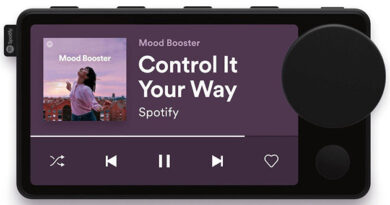Research: music-induced emotional responses can be captured on the tomograms of the brain
Researchers from the University of Turku have found out what neural mechanisms are at the heart of emotional responses to music. The study involved 102 respondents-they listened to music that evokes emotions, while taking a brain tomogram.
At first, scientists used machine learning algorithms to understand which parts of the brain are activated for various music-induced emotions. Based on these data, the researchers were able to determine from brain scans what kind of music participants are currently listening to — sad or joyful. Different sections of the brain process different aspects of the melody. So, the audience cortex responds to the rhythm and structure of the melody, but the motor cortex is activated, probably, in the case when the music encourages us to move.
Emotional response was tested not only with music: during the removal of the tomogram, the participants of the experiment were also asked to watch a video with a clear emotional message — and, again, the scientists looked at which areas of the brain were activated. It turned out that different parts of the brain are responsible for the emotions caused by video and sound.
The emotional response from movies originates in the deeper parts of the brain responsible for the response in real life, but the feelings from music do not go so far. Perhaps the reason is that films reproduce real events in the most detail, but the emotional response from music is based only on the acoustic properties of the melody itself and is supplemented by the cultural characteristics of the listener and his personal memories.
In this study, as in similar ones, only instrumental music was used: according to scientists, the lyrics of the songs could somehow affect the emotional response of the participants. The selection of tunes and videos included recordings by virtuoso guitarist Yngwie Malmsteen.




